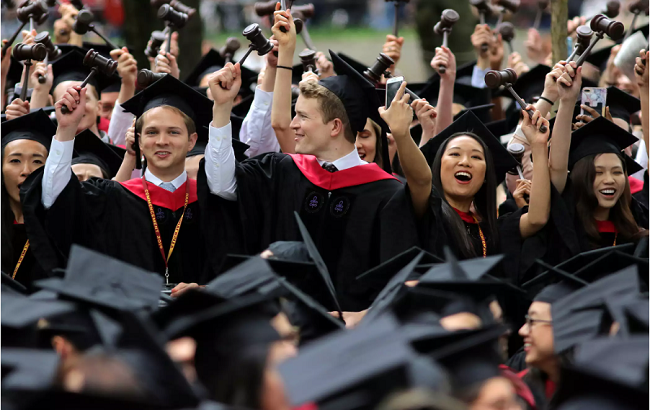Introduction: Education plays a crucial role in shaping the future of individuals and society as a whole. In the United States, education is a cornerstone of progress and growth, but it faces numerous challenges that must be addressed to ensure every child has access to quality learning. This article explores the current state of education in America, the challenges it faces, and the opportunities for improvement.
Current Challenges in the American Education System:
- Funding Inequities: One of the most pressing issues in American education is the unequal distribution of funding. Public schools in wealthier districts receive more resources due to property taxes, while schools in poorer areas struggle with outdated facilities, fewer teachers, and limited access to technology. This disparity creates a significant achievement gap, particularly among students from low-income families and minority communities.
- Teacher Shortages: There is a growing shortage of qualified teachers across the country, particularly in subjects like math, science, and special education. Low pay, challenging working conditions, and a lack of support are contributing to high turnover rates. The teacher shortage not only affects the quality of education but also places undue stress on the educators who remain in the system.
- Standardized Testing and Curriculum Rigidity: Standardized testing has become a major aspect of the American education system, but it has sparked widespread debate. Critics argue that an overemphasis on standardized tests limits creativity, critical thinking, and overall student well-being. Moreover, the rigid curriculum often fails to accommodate diverse learning styles, leaving some students disengaged or underserved.
- Access to Higher Education: While the United States is home to some of the best universities in the world, access to higher education remains a challenge for many students. The rising cost of college tuition, combined with student loan debt, puts a college degree out of reach for many families. Moreover, the lack of affordable options for non-college-bound students further perpetuates inequality.
Opportunities for Improvement:
- Increased Investment in Public Schools: To address funding disparities, there needs to be a nationwide push for more equitable investment in public schools. This includes increasing federal and state funding for underfunded districts and ensuring that resources are allocated where they are most needed. Investing in education is investing in the future of the country.
- Teacher Support and Professional Development: To alleviate the teacher shortage, the education system must focus on improving teacher retention by offering better pay, benefits, and working conditions. Professional development opportunities that allow teachers to grow in their careers and stay motivated will also contribute to better learning outcomes for students.
- Reform in Standardized Testing: There is growing support for reducing the emphasis on standardized testing and creating a more holistic approach to assessing student performance. This includes exploring alternative assessments such as project-based learning, which better reflects a student’s capabilities and creativity. A more flexible curriculum that adapts to different learning styles can also help students thrive.
- Affordable Higher Education Options: To make higher education more accessible, the government should consider implementing measures like tuition-free community colleges, increasing financial aid, and reducing student loan debt. Additionally, vocational training programs should be promoted as viable alternatives to traditional college, offering students skills that are in high demand in today’s workforce.
Conclusion: The state of education in America is in need of reform. While there are significant challenges, there are also many opportunities to improve the system. By addressing funding inequities, supporting teachers, reforming standardized testing, and making higher education more accessible, we can create a more equitable and effective education system for future generations. Education is the key to a brighter tomorrow, and it’s time we invest in it fully.
